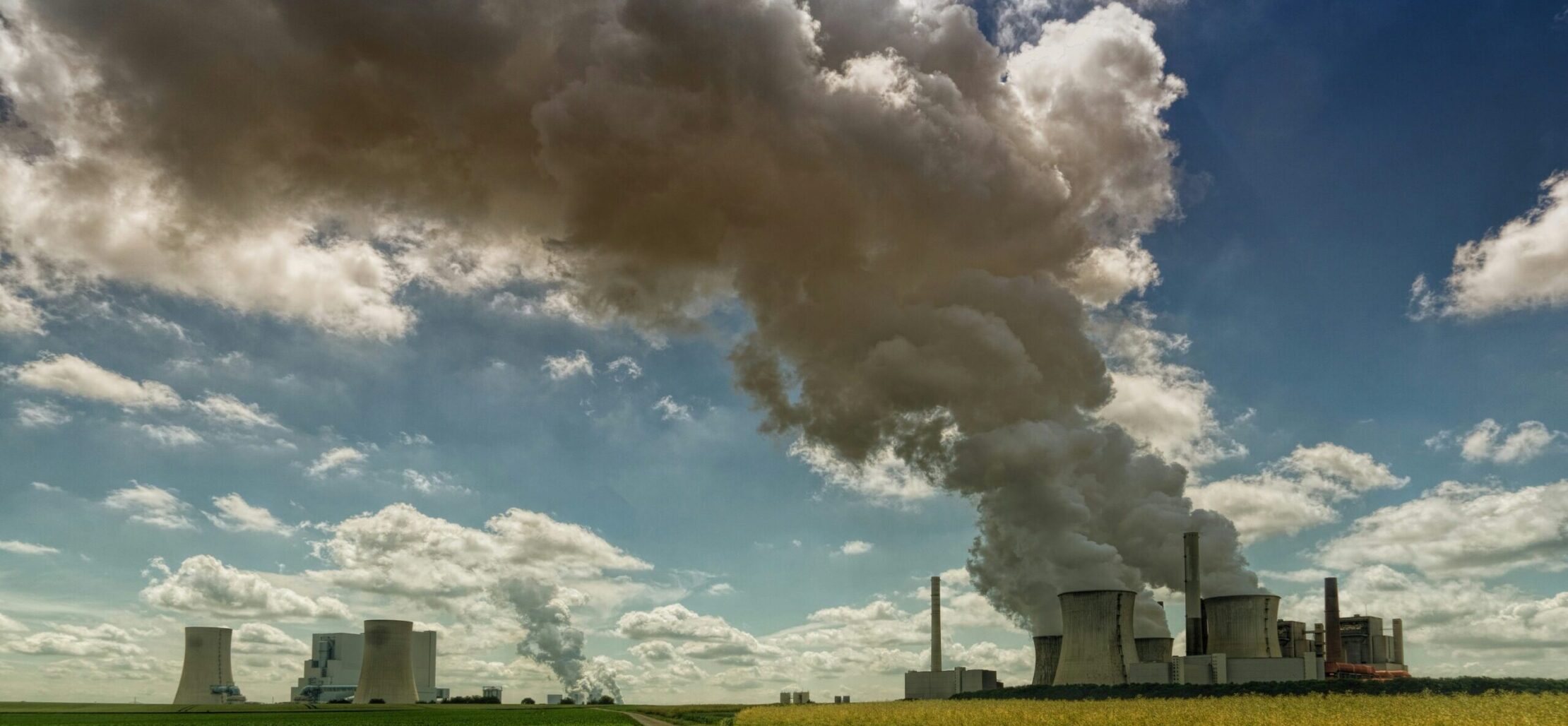Small businesses collectively cause significant pollution. Clare Taylor offers simple, cost-effective on-site changes to mitigate risks, including reducing transport emissions, managing solvents and refrigerants, preventing litter, storing liquids safely to protect land and water, and considering supply chain impact. Even small efforts make a big difference for health and the environment.
Small businesses are big polluters. Not because they are negligent, but because there are so many – in 2022, of the 32.3 million enterprises in the EU, 99% employed fewer than 50 people but, between them, employ nearly half the working population. Figures are similar in other parts of the world. Small businesses are significant job creators, drivers of innovation, contributors to the green economy.
If all small businesses do what they can to cut pollution, sheer numbers mean they can make a big difference. Pollution affects health – cancers, heart disease, lung diseases, strokes and many others. In 2015, pollution globally caused 15 times more deaths than violence, including wars.
So what can be done in our industry that is straightforward and won’t break the bank?
Start by thinking about your site and how what you do interacts with the environment, then where you can intervene; below are a few suggestions to get you going. Think about your supply chain as well: choosing suppliers who follow the same principles of pollution prevention builds up the impact.
Air can be polluted from several sources easily manageable by a small business. The most obvious is perhaps transport, so look at logistics for goods you buy and sell. Where is there scope for reducing emissions – by reducing mileage, consolidating deliveries, by changing vehicle types? Also, is greater use of public transport or walking/cycling feasible for staff travel?
On-site emissions to air mainly arise from solvents used in production and cleaning, and from refrigerants, whether air conditioning or press chilling.
For consumables and cleaning products, check to see if there are other products that would equally achieve the results you need, but which evaporate less readily, and which are less harmful should they enter sewers or waterways.
To reduce atmospheric emissions when using solvents, take care to store them in a cool place to reduce evaporation when they are first opened, take care to avoid spillages, make sure lids are kept on when the product is not actively being used, and only use the minimum amount required. Safety dispensers and trigger sprays that deliver controlled amounts reduce evaporation as well as spill risks. Any spills should be cleaned up promptly and used cleaning materials should be stored and disposed of suitably.
For refrigerants, good maintenance of your systems, with regular leak checks, even if you are below the threshold at which they are required, will reduce losses to the air (as well as improving efficiency). Heating systems based on burning, not just fossil fuels, but also wood, can also emit many pollutants, not just greenhouse gases: a good maintenance and checking programme is important here, too.
Unless you are a very small business, you may fall above thresholds for solvent emissions controls as well as refrigerants, so check locally.
Litter doesn’t just look unsightly and give a bad impression; it is a pollutant. It can harm birds and other forms of life, and fish if it gets into water. Cigarette butts leach chemicals when damp, and containers can leach the remains of their contents. Keeping the site clean and tidy reduces risks.
Land can be contaminated by leakage from containers stored on un-made ground, whether supplies awaiting use, almost-empty containers awaiting collection, general waste that rain runs through, or vehicles.
Anything containing potentially harmful liquids should be stored in a secondary container in case of leaks, somewhere it won’t get filled up with rainwater and overflow. Even if it’s on made ground, such as a yard or car park, any leaks will run into drains, some of which may go directly to water courses, or to soakaways where the contents leach into the soil. Even if spills go into a sewer, they can cause problems, so this should be avoided – and that includes not pouring anything into drains other than ‘domestic effluent’ unless you have formal permission.
Water is easily polluted by even the smallest amount of oil, solvent or other chemicals. Even liquids that appear to be harmless, such as milk, can be very damaging in the wrong place.
For larger amounts of any potentially polluting liquid, there is legislation about how it should be stored and handled, so again it’s useful to check locally for thresholds and guidance.
These ideas just cover some of the things you can do. Ideally, you could start an environmental management system, even if just in an informal way, identifying all the potential risks and putting measures in place to manage them, checking regularly to make sure they are working.
Cover Photo by Johannes Plenio on Unsplash
